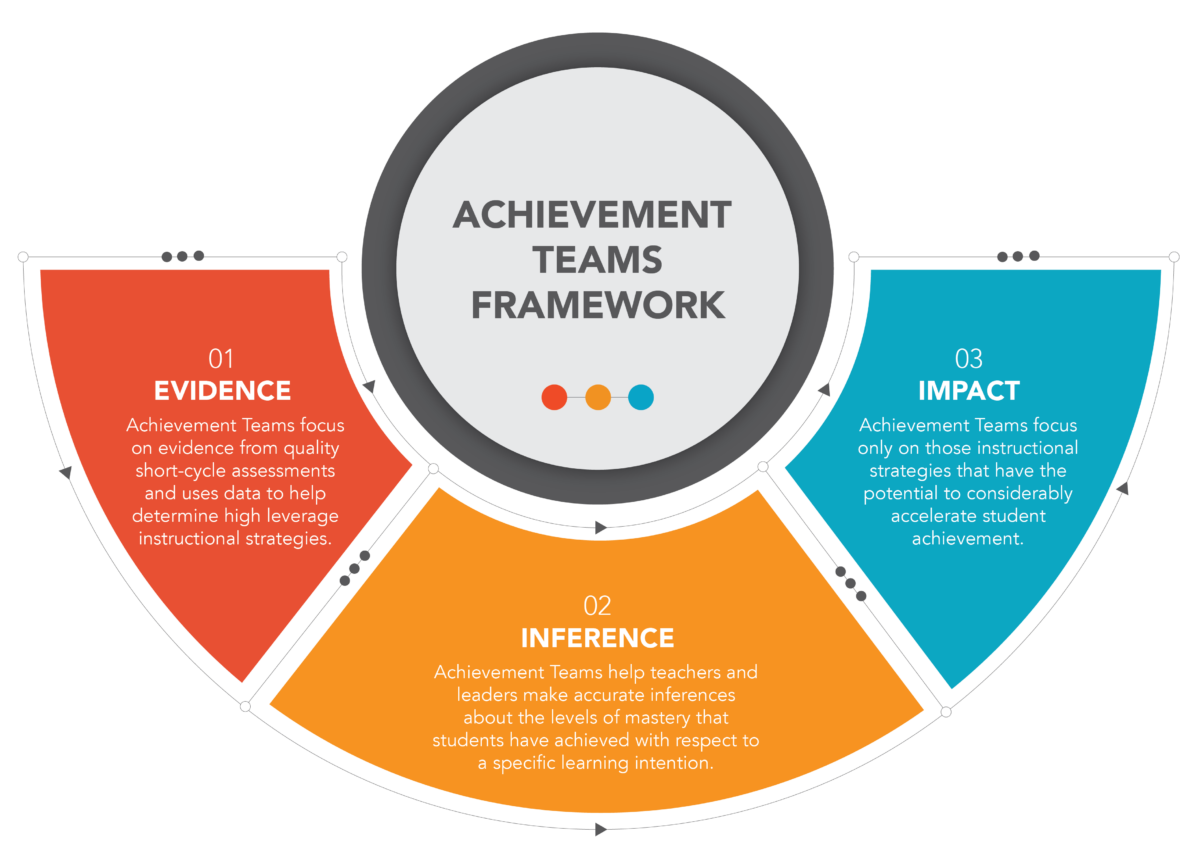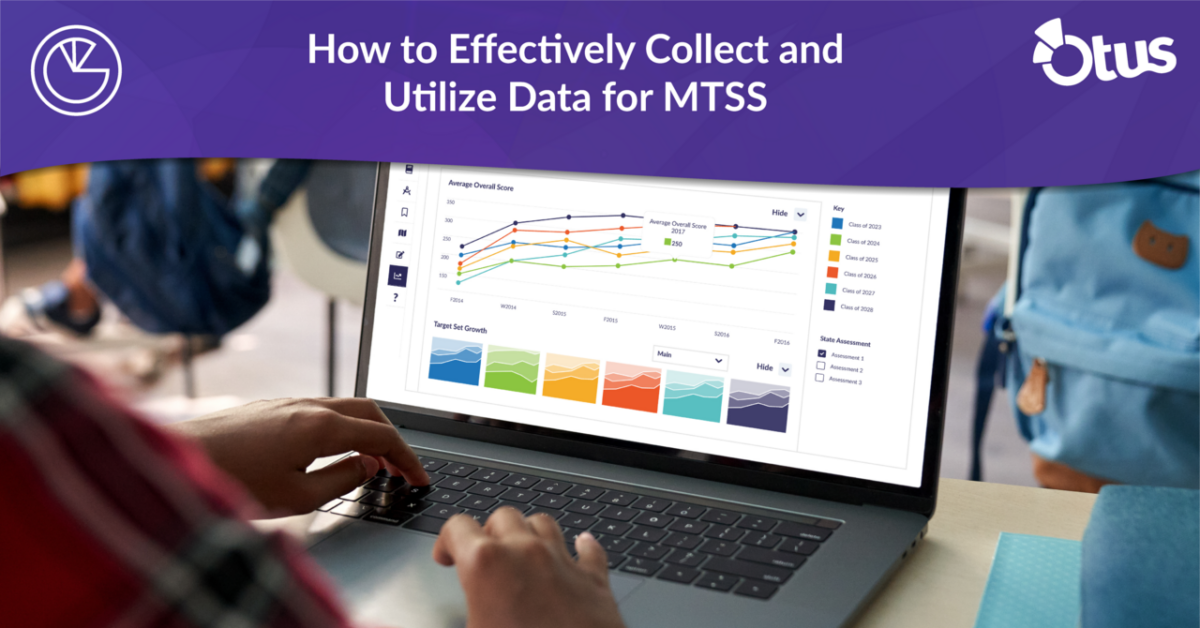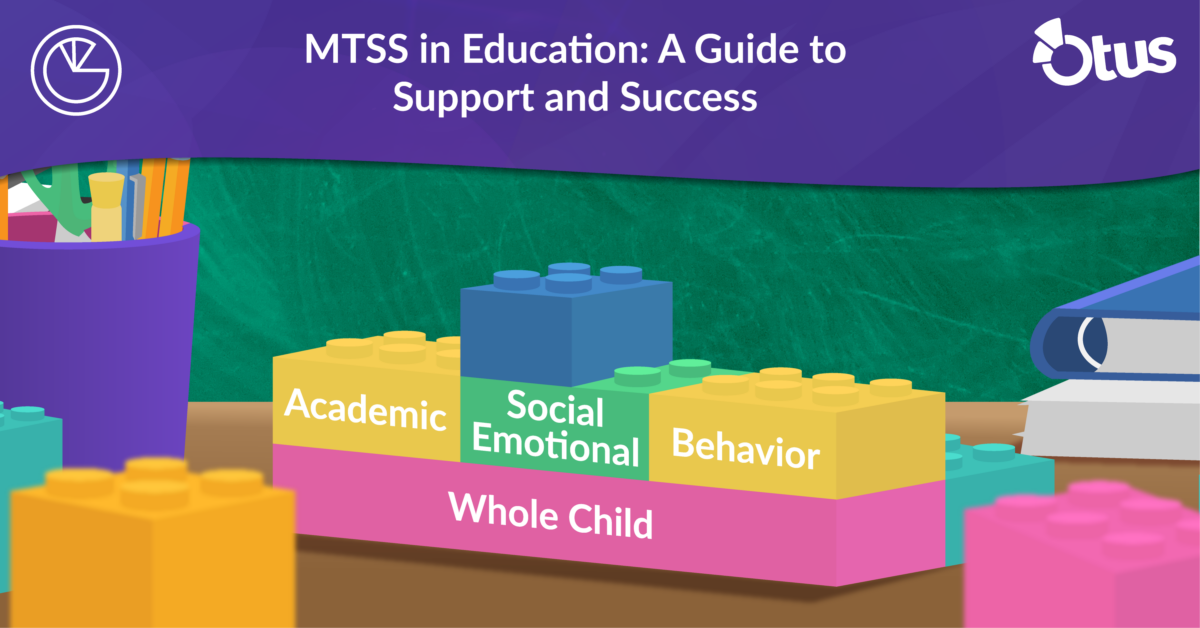As K-12 educators, two of our main goals are to enhance our teaching methods and, most importantly, boost student success. Achievement Teams are collaborative groups specifically designed to support these two goals effectively. These teams not only bring teachers together but also make a real impact on our educational practices. Let’s dive into what Achievement Teams are and how they can revitalize Professional Learning Communities (PLCs) with their organized, data-focused, and cooperative way of working.
Why Collaborate? The Benefits of Team-Based Teaching
Understanding Achievement Teams
Achievement Teams take collaboration to the next level by focusing on a clear, data-driven decision-making process through the Evidence–Inference–Impact framework. This begins with the Evidence stage, where teams gather data from assessments to pinpoint effective teaching strategies. Next, in the Inference stage, this data is analyzed to determine student mastery levels regarding specific learning targets. Finally, in the Impact stage, teams implement instructional strategies that are proven to advance student achievement. This structured, three-step approach ensures that interventions are data-informed and precisely targeted to meet students’ needs.
Image from ASCD/Steve Ventura
The Four-Step Framework of Achievement Teams
1. Collect and Chart Data
In this first step, teams look closely at results from key assessments. This data isn’t just for keeping records—it sparks meaningful discussions that help pinpoint what students need and how to support their learning journey.
For example, teachers might look at recent test results to see how well students understood a specific concept in math. By charting these results, they can start meaningful discussions about why some students might be struggling and what parts of the concept were most challenging.
2. Set S.M.A.R.T. Goals
Here, the focus is on setting clear and achievable goals for both students and educators. These goals are Specific, Measurable, Achievable, Relevant, and Time-bound, helping everyone stay on track and measure their progress effectively.
An example here could be setting a goal for all students to improve their understanding of fractions by 20% before the next assessment, measured through a series of progressively challenging quizzes. The goal for teachers might be to attend two professional development workshops on effective math teaching strategies within three months.
3. Create Baseline Evidence Statements
Next, educators take the data they’ve gathered and summarize it to draw conclusions about where students stand with their learning. This step provides a clear starting point and direction for what needs attention next.
Teachers could summarize their findings from the initial data, noting, for example, that 60% of students have not mastered fractions at the expected level. This summary helps to pinpoint exactly where teaching needs to focus and guides the next steps in instruction.
4. Select Instructional Strategies
Finally, with a solid understanding of the students’ needs, teams can now choose the best teaching strategies to address those needs. This decision is based on what the data shows will most effectively boost student learning.
Based on the needs identified in the baseline evidence, teachers might decide to implement small group tutoring sessions for students who need extra help with fractions or introduce interactive fraction games to make learning more engaging. These strategies are chosen because they are specifically targeted to address the gaps identified in the data.
Enhancing Collaboration with Achievement Teams
Achievement Teams bring teachers together, forming unified groups with a common goal and fostering an environment of ongoing professional growth. By adopting a structured method that relies on careful data analysis, these teams set specific, achievable targets and choose teaching strategies that are most likely to make a difference. This approach changes the way educators work together, enhancing student achievement along the way. For schools looking to improve their educational impact and boost student success, integrating Achievement Teams could be a game-changing move.

How Otus Supports Achievement Teams
As schools implement the Achievement Teams framework, student data and assessment solutions like Otus can offer support in several ways:
Data Collection and Analytics
In Otus, educators can track and view various types of data, including academics, attendance, behavior, and more, to identify trends, patterns, and areas of concern.
When all student data is easily accessible in a single place, achievement teams can shift the focus to discussions on instructional strategies and interventions that benefit all students.
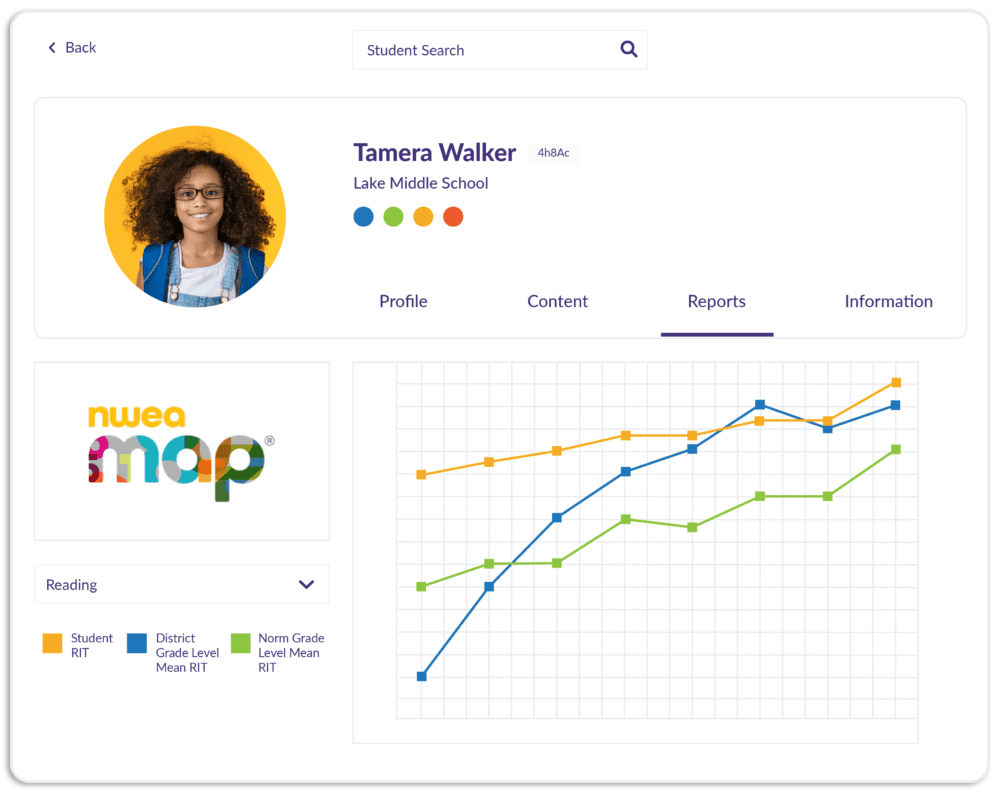
Every student has an Otus profile that houses their current and historical data, whether from Otus or external sources, to paint a detailed picture of the whole child.
Progress Monitoring
Educators can track the progress of students receiving interventions or support through the Achievement Teams framework in Otus.
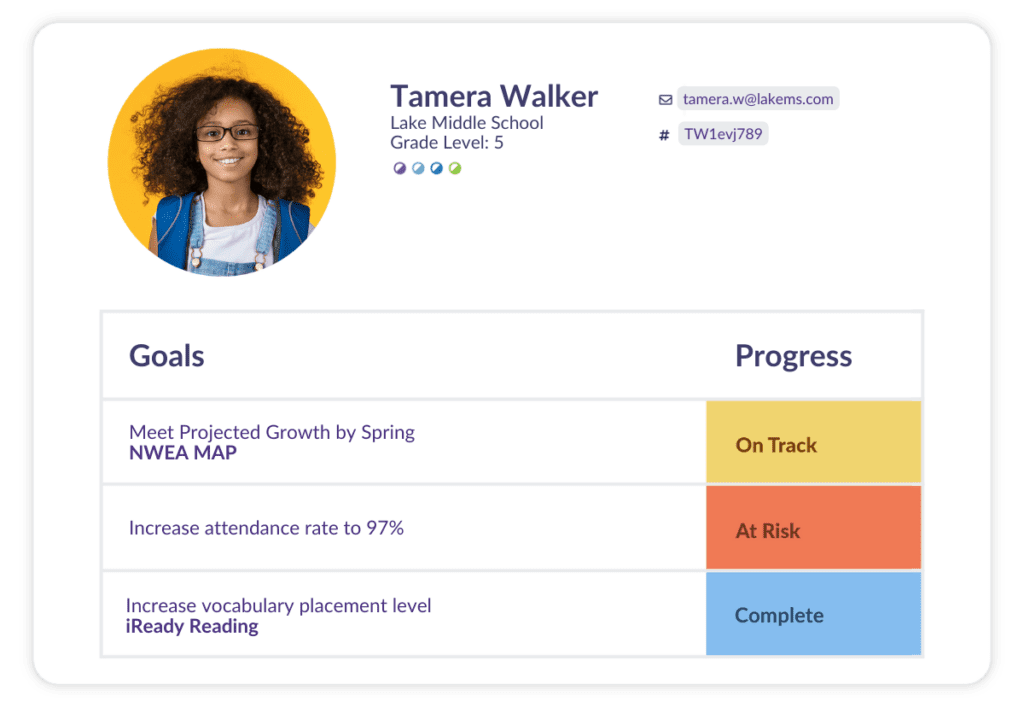
With features like status updates, comments, and time stamps, Otus Plans allow all stakeholders to see student growth as it happens.
Student progress monitoring plans can include achievable milestones that guide students toward academic, behavioral, or social-emotional goals. Students and families can view and contribute to progress monitoring plans, further engaging them in the learning process.


